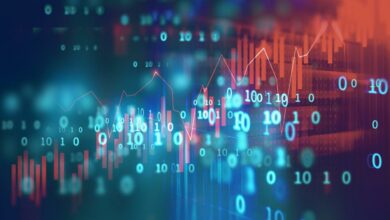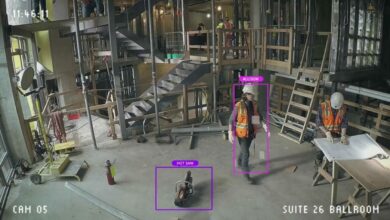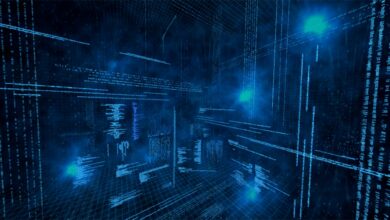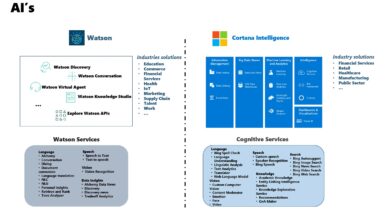
Asset Management and IoT scenarios
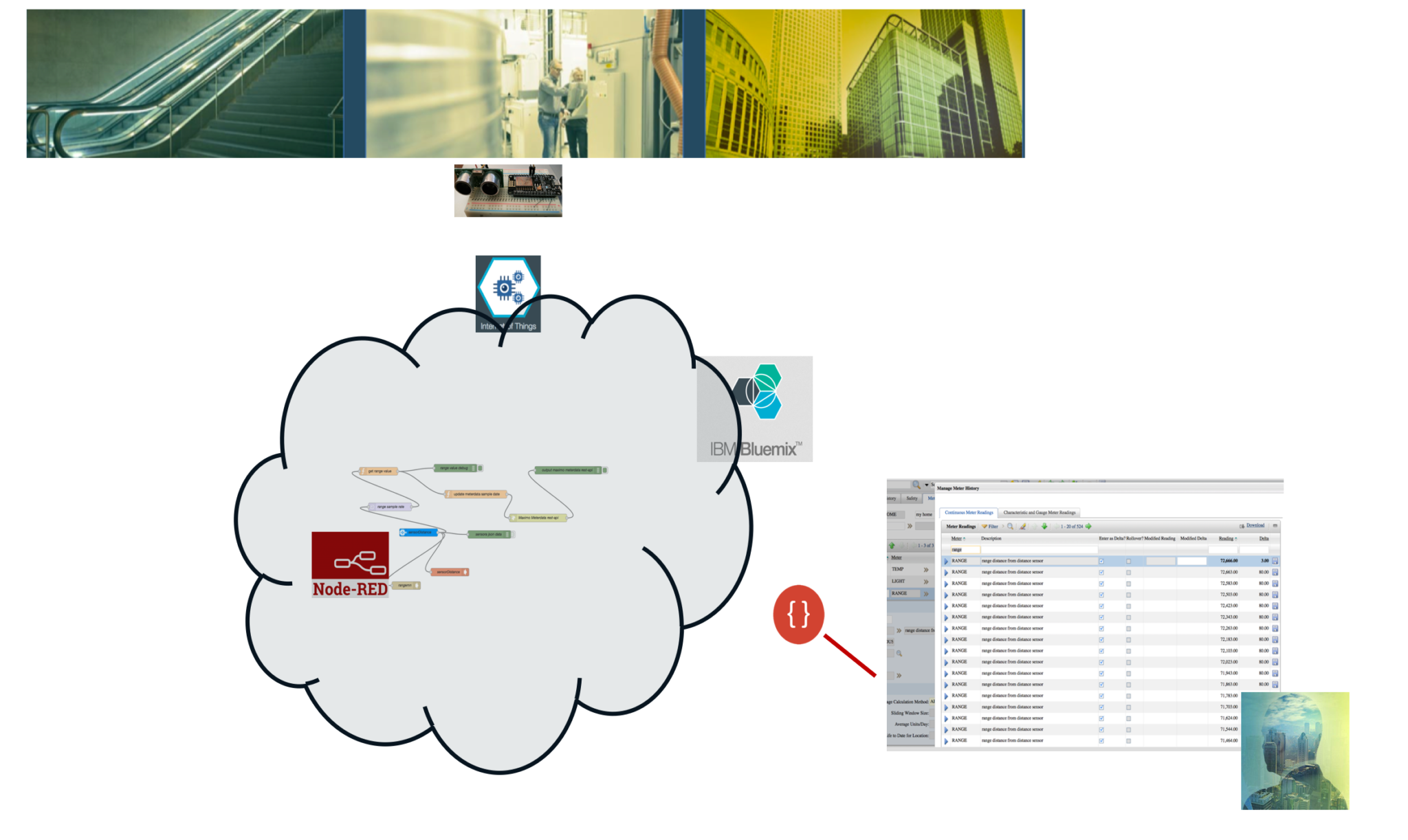
It is been very busy days since I worked for Watson IoT Receptionist BOT, so I’m sorry for such a delay with posts.
After a quite successful demo live in IBM Rome reception, I worked hard for some Customer demos during these weeks and above all I’m working with a new team to an online GAME made in Bluemix, but of course I cannot anticipate everything 🙂
In this post I am going to summarize some scenarios where the asset management is integrated with the IoT capability and Watson services.
Here is the playground of my current POCs, demos and solutions :
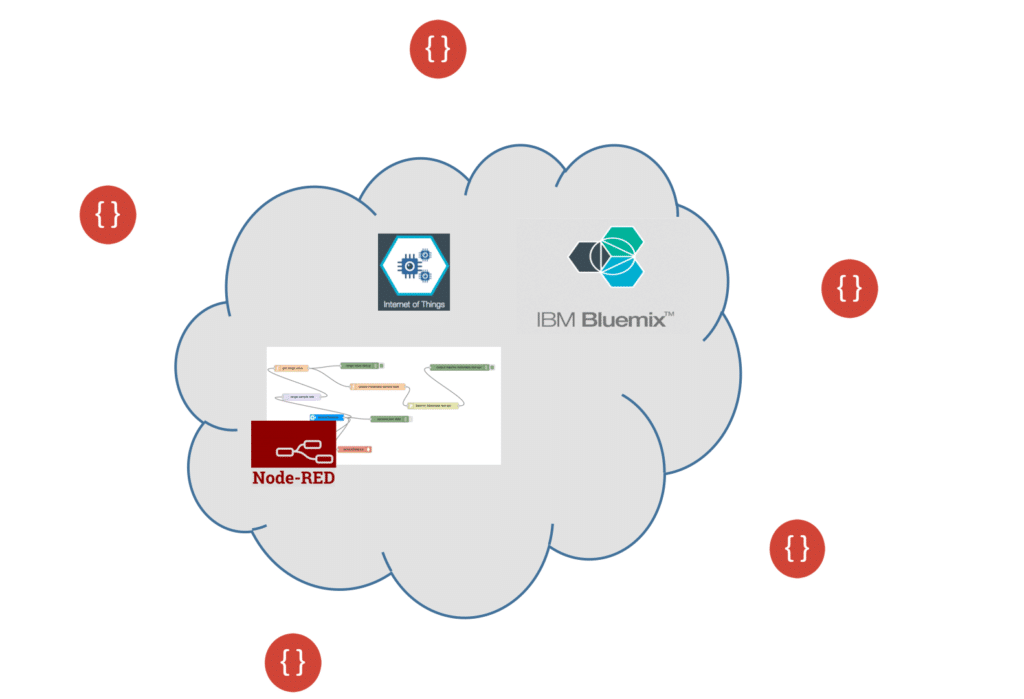
Here the key players :
Bluemix: the open cloud platform that provides mobile and web developers access to IBM software for integration, security, transaction, and other key functions.
Node-RED: the tool for wiring together hardware devices, APIs and online services in completely new way.
Watson-IoT: the platform that lets your apps communicate with and consume data collected by your connected devices, sensors, and gateways.
Devices: ESP8266, Arduino, TI Sensor Tag, Raspberry Pi, the coolest internet of things gadgets.
Around the playground: API, API, API ! The the rest APIs are eating the world.
Well, based on this contest, during these days I’m showing to the Customers the follow scenarios:
Basic solution based on Watson IoT
- Create a work order based on data sent from IoT device : for example a company needs to monitor a storeroom’s temperature and if the detected temperature is more than x° a work order is opened against an asset management system, for example Maximo. The work order may consist in an location inspections for maintenance or in asset inspection, for example a conditional unit.
- Real-time meter data from IoT device associated to an asset: for example a company needs to display in real time meters data feeds by IoT devices. A typical scenario using the sensor data related to a location can update the meters, moreover the data are shown in real time by a web dashboard.
Innovative solution based on Watson IoT and Watson services
- visual recognition for quality control in production lines: based on Watson Visual Recognition service a pattern recognition solutions can be used for automatic quality control in production processes. The Watson feature extraction and machine learning techniques are used to design classification systems for a variety of image-based inspection tasks. My idea is to use the visual recognition for quality control vision system for the automatic inspection of mechanical parts containing defects.
- asset model detection using visual recognition: the idea is to use the visual recognition to identify an asset type. The visual recognition service is based on a machine learning, in training phase the service learns to recognize the asset class by very different type of images for that class, so an particular asset can be recognize although the image is very different from matching model.
…and the best is yet to come !
